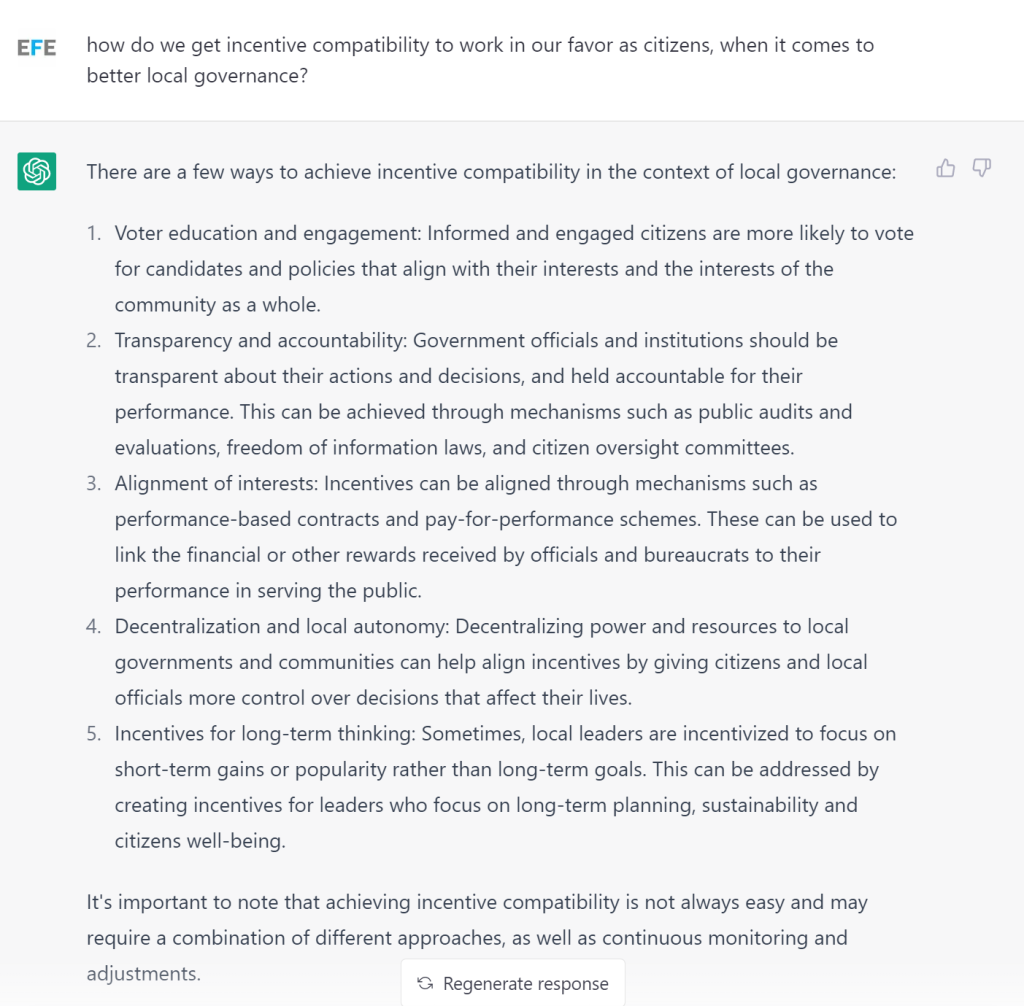There is much angst in Pune, about how little time it took for Senapati Bapat Road to look really, really nice.
The G20 summit in Pune concluded recently, and the transformation of the surroundings near where the summit was held was a sight to behold. Neat red markings for a bicycle lane on either side of the road, immaculately painted dividers, spruced up lamp-poles, jazzed up signals, pretty little lights dangling from the many trees that line this road, lovely flowers planted along the median, and a thorough Potemkin-ization of anything deemed even remotely non-presentable – everything was achieved with a speed and efficiency that is scarcely believable.
Although as a true-blue Puneri, it gladdens my heart ever so much to realize that some things will never, ever change:
But this unbelievable improvement in efficency, I’d argue, is very familiar to students who have been in college/University when the NAAC committee has come a-visitin’. It’s the same kind of transformation, and it is equally unbelievable. Flower-pots will appear near entrances, walls will be given a fresh coat of paint, friendly signages will pop up all over campus, washrooms will positively gleam with cleanliness, and the entire campus will look brand new.
Incentives matter.
What happens if you as a citizen complain about, say, a lack of footpaths? You are issued a token, not a footpath. What happens if you as a citizen ask the PMC to repair some broken down traffic signals? You know the answer by now. What happens if those broken down signals are on a road that will be noticed by the G20 dignitaries?
It’s not so much the priority that is missing, which is the only thing I’d correct in Amit’s tweet. What’s missing is the incentive to do the best job possible – when it is the citizens that are doing the belly-aching. When it is the people holding the purse-strings, or the people who call the shots that send along gentle reminders – well, the incentive is clearly present, no?
And that’s why campuses will look their resplendent best during NAAC visits, and that’s why Senapati Bapat Road looks as pretty as it does right now.
Because, alas, incentives matter.
Old timers who have been staying in Sus village for years will regale you with stories of how roads become as smooth as silk literally overnight come the month of December, year after year. It’s the same ol’ story, with the same ol’ underlying reason: incentives matter.
Which begs the question: how can we get the incentives of the PMC to be aligned with our interests? Answering the question is easy. Implementing it? Ah, that is beyond the scope of this blog, for now.

Also, note that this has nothing to do with the BJP, or the Congress, or AAP, or indeed with any Indian political party. We aren’t unique as a nation in this regard, and no political party in our country is uniquely good (or bad) in this regard. All political parties in all nations are staffed with members of the same species that you and I belong to, and we all respond in much the same way to incentives. So please, don’t attack or defend whichever political party you have in mind.
One good thing about the principles of economics is that they work the same way on everybody, everywhere. The sooner we realize this, the better it will be for all of us.

One thought on “NAAC Visits and the G20”